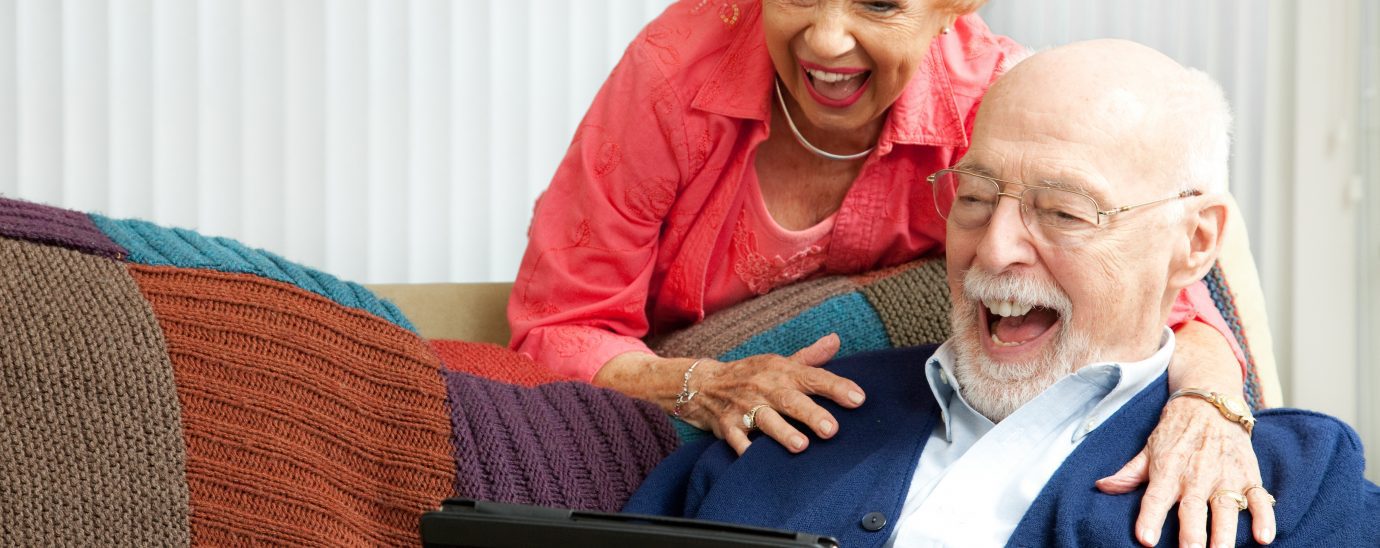What the pandemic taught tech about marketing to the elderly

Devin Partida, Editor-In-Chief at ReHack, explores the lessons learned by the technology industry when marketing to the elderly.
The Covid-19 pandemic ushered in changes to society, including how the elderly interact with technology. Pre-pandemic, many older people ignored social media and techy gadgets, preferring communication methods they felt more comfortable with. However, as individuals social distanced and stayed inside for months on end, seniors who had previously been resistant to technology changes began to embrace them as a means to keep in touch with family and friends.
There are more than 1 billion people over the age of 60 living around the globe. Many are in excellent health and should live for quite some time. Experts predict older adults may outnumber children under 18 in a few years.
The marketing methods used before Covid-19 arrived is different for every demographic, and the elderly are no exception. Here is what the pandemic taught tech about marketing to seniors.
1. Seniors are quick to learn
The dangers of contracting coronavirus were much greater for the elderly and those with underlying health problems. Stores quickly sprang into action to offer curbside pickup and delivery. Unfortunately, many seniors had not yet embraced these new technologies.
Fortunately, those in their 70s, 80s and beyond were able to pick up on new apps and online ordering systems. The tech industry discovered they are quick to learn if they have the right tools. Clear explanations and excellent user experience (UX) for any apps are critical.
2. Seniors love to communicate
People often accuse Gen-Z of being isolated and unsocial and seniors of being stern and refusing to use new technology. These are just stereotypes. Many older people love to stay in touch with others, and when the pandemic hit, they felt very isolated.
Technology such as video conferencing helped them attend meetings, talk to family and even go to doctor appointments. But, unfortunately, those who live in rural areas found their connection speeds weren’t up to par.
The pandemic resulted in a push to bring high-speed internet to rural communities. Many internet service providers are expanding coverage to underserved areas, and marketers should be aware of their demographic. How many elderly customers live in rural areas? How can they be served even with lower connection speeds?
3. Seniors need support
The lockdowns forced people to completely overhaul their habits. Many seniors enjoyed shopping daily and preparing meals at home. However, they suddenly had to learn new ways to shop and social distance.
Marketers would be well-served to figure out how to educate their customers in the latest technological changes. Look at any processes through customers’ viewpoints, and get feedback. What could be easier for them? How can an app be adjusted to better meet their needs? Marketers should segment their audience lists into the older generation and younger ones.
4. Seniors embrace social media
Many older adults turned to social media to stay in touch and get the latest news. Between February and April 2020, the amount of online content from people over 65 more than doubled. Hot topics included food delivery and beauty routines.
At the same time, seniors bought digital devices, or their children and grandchildren purchased these items for them. Tech needs to be aware that the market for their products is no longer millennials, Gen-X and Gen-Z. They must now include baby boomers in the equation.
How companies market to seniors is different from how they reach other audience segments. Typically they want good value for their money, but they’re willing to pay more for premium products that last.
5. Seniors use mobile
Even before the pandemic, smartphone adoption hovered around 62% for senior adults in the United States and is now between 70% and 77%. Don’t rule out marketing methods such as SMS messaging and mobile apps.
Websites and emails must be mobile responsive. If a senior opens content on a smaller screen, is it still readable?
READ MORE:
- Enhancing marketing in the digital age
- App Marketing: Why you should invest in user retention and experience ahead of user acquisition
- Why flexible marketing should be on your Christmas wish list
- Is Channel Marketing Right For Your Tech Company?
Choose quality
Opt for quality when marketing to the elderly. They want premium services that are easy to use and offer plenty of help along the way. Seniors are much more tech-savvy than expected, and their knowledge will only grow as they embrace the latest devices and online trends.
For more news from Top Business Tech, don’t forget to subscribe to our daily bulletin!
